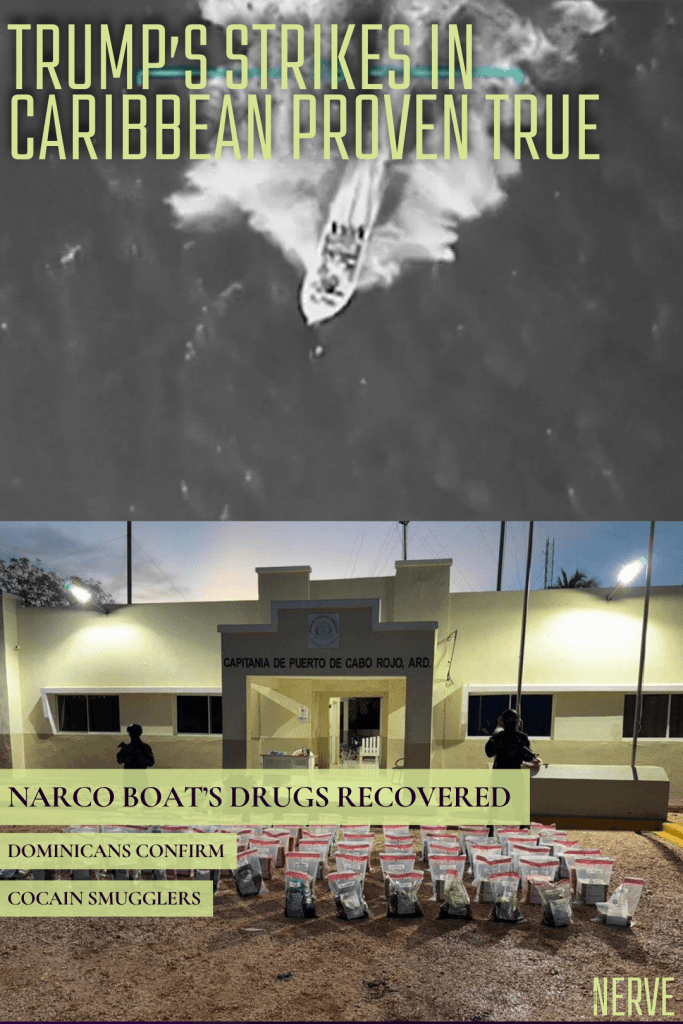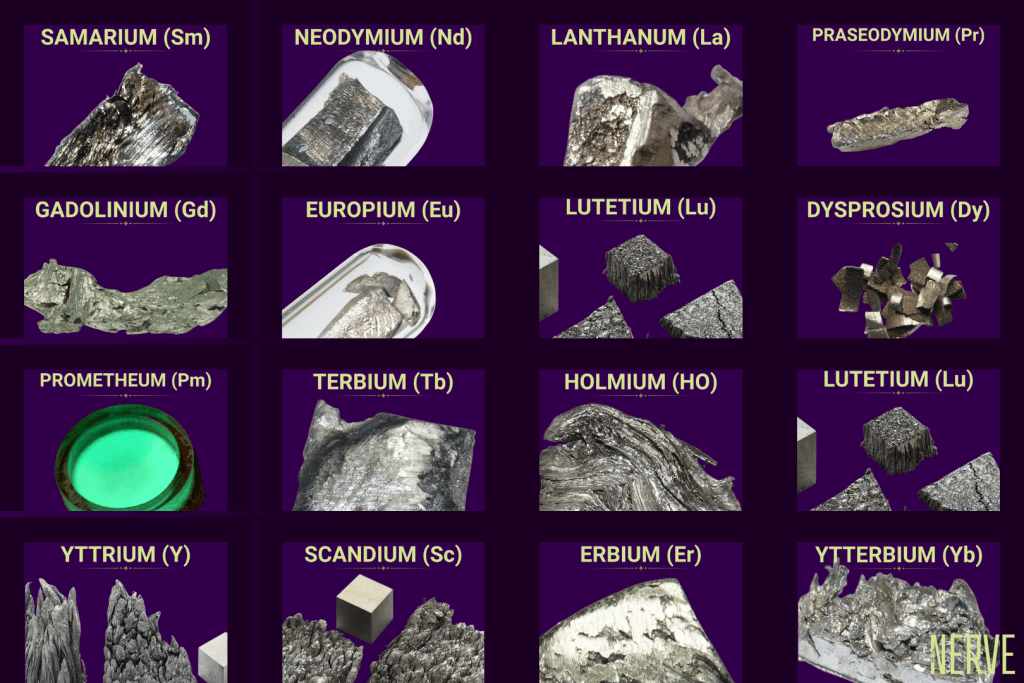Dominican drug authorities recovered hundreds of cocaine packages from a speedboat destroyed south of Isla Beata in a U.S. strike, undercutting claims that the Trump administration was sinking random vessels.
- Dominican officials counted 377 packages from a vessel believed to be carrying roughly 1,000 kilograms of cocaine.
- The interdiction took place about 80 nautical miles south of Isla Beata in a joint U.S. and Dominican effort that has accelerated since August.
- The find contradicts narratives that the administration was targeting empty or civilian craft, even as human rights criticism of the tactics continues.
ON VIDEO: U.S. Military Forces conducted a strike against a designated terrorist organization engaged in narcotrafficking. Intelligence confirmed the vessel was trafficking illicit narcotics and was en route to poison Americans. The strike killed three male narcoterrorists. pic.twitter.com/wjxRRMrxwB
— The White House (@WhiteHouse) September 20, 2025
Third party confirmation that the target carried cocaine is a Trump admin victory
The National Directorate for Drug Control in the Dominican Republic reported that teams recovered 377 packages of cocaine from the wreckage of a destroyed speedboat. The estimate of about one metric ton aligns with what traffickers typically move on high-speed runs through the southern approaches to Hispaniola, but more importantly, their announcement provides much-needed evidence to support Trump’s continued campaign against traffickers in international waters.
This was not a U.S. self‑attestation. A separate government with its own chain of custody weighed in, secured the evidence, and brought the narcotics ashore for testing.
What critics alleged and what this recovery shows
Commentary over recent weeks held that Washington was striking boats indiscriminately, with insinuations that vessels may have been carrying migrants or serving some other innocuous purpose. The Dominican seizure eliminates that narrative handily. The debris field produced cocaine, not fishing nets or personal effects. That is direct, material proof about the character of the target and should assuage concerns in the United States about continued efforts.
The episode does not settle every legal or policy question, but it changes the evidentiary baseline. When a partner government recovers contraband after a strike, the burden shifts to Trump’s critics to argue that further interdictions are somehow counter-productive.
Where and how the strike unfolded
Authorities place the intercept roughly 80 nautical miles south of Isla Beata, off the Dominican Republic’s southern coast. To local law enforcement, this area is a known corridor for go-fast boats that sprint north at night and attempt to bypass Dominican coastal patrols.
According to Dominican statements, the U.S. Navy disabled and destroyed the craft after noncompliance. Dominican naval and counter narcotics units then secured the scene and began recovery. The packages that had not been jettisoned were transported to shore for processing.
The operational record since August
Since August the Caribbean mission has added ships, aircraft, and surveillance. At least three drug boats have been destroyed in separate actions. Seizures and sinkings have created operational friction for networks that stage out of Venezuela and move cargo through island chains that offer fuel and cover.
Dominican officials have framed this latest seizure as evidence that the joint posture is disrupting logistics. It raises the cost of maritime smuggling along the Mona Passage and nearby lanes where smugglers rely on speed and surprise.
Human rights debate will continue
Human rights groups and U.N. experts have criticized the practice of destroying vessels with people aboard, arguing that it risks unlawful killings without judicial oversight. Those concerns will not vanish because cocaine was recovered but the Trump Administration ought to be able to silence them in the short run now.
U.S. officials respond that the actions are taken against boats that pose immediate threats and that rules of engagement and post-action reviews are designed to meet legal standards. The strategic question now is whether the accumulating record of third-party recoveries changes how lawmakers and courts weigh necessity against due process at sea.




